Stakeholders' Focus
and Issues of Significance
A crucial step in creating value is preserving and strengthening stakeholder trust, which calls for transparent and responsive stakeholder engagement. At Tata Power, we regularly connect with our stakeholders to understand their perspective, receive feedback, and ascertain issues important to them. Seamless dialogue, empathy and focus on value creation underpin our stakeholder engagement.

External Stakeholders
| Why they are important |
Engagement mechanisms | Stakeholder recommendations | Our response to stakeholder recommendations |
|---|---|---|---|
| Investors | |||
Provide equity capital |
|
|
|
| Lenders | |||
Provide debt capital |
|
|
|
| Regulatory Authorities | |||
Provide guidance for conducting business and resolving disputes |
|
|
|
| Customers | |||
Ultimate recipient of our products and services |
|
|
|
| Suppliers/Vendors | |||
Help us develop our business ecosystem, support our sustainability initiatives, and create shared value |
|
|
|
| Civil Society | |||
Enable better implementation of our environment and social initiatives and give feedback |
|
|
|
| Local Community | |||
Provide a better socio-economic context in our operating environment |
|
|
|
| Media | |||
Plays a vital role in keeping our stakeholders informed of business developments, new products and services as well as the impact of our business operations |
|
|
|
| Employee Unions | |||
Help set standards for education, skill levels, wages, health, and employee benefits and working conditions of our employees |
|
|
|
Internal Stakeholders
| Why they are important |
Engagement mechanisms | Stakeholder recommendations | Tata Power’s response to stakeholder recommendations |
|---|---|---|---|
| Board of Directors and Leadership | |||
Provide collective guidance and direction for the Company’s strategy and operations |
|
|
|
| Employees | |||
Form the backbone of our business activities |
|
|
|
In FY23, considering both internal and external stakeholders' concerns, we carried out a fresh and comprehensive materiality assessment. Through this assessment, we have derived 25 material issues significant to our value creation process.
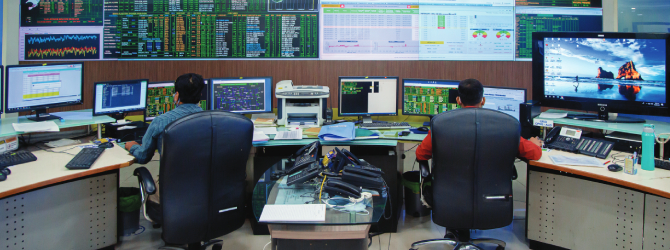
Identifying material issues of industry peers and national and international frameworks and standards
Identification of internal and external stakeholders
Develop universe of material topics
Develop materiality assessment questionnaire for finalised topics
Finalise the questionnaire and float to stakeholders
Receive and map business objectives and risks
Data analysis for materiality assessment
Draft materiality matrix for management discussions, review and approval
Finalisation of materiality matrix
Stakeholders Covered for the Assessment Include
Internal stakeholders
- Senior Management Team
- Employees
External stakeholders
- Investors
- Supply Chain Partners
- NGOs/Service Providers
- Brand and Media
- Customers and Consumers
- Climate strategy
- Emissions management
- Energy management
- Affordable and green energy
- Safeguarding biodiversity
- Hazardous and toxic waste management
- Water and effluent management
- Diversity and inclusion in workplace
- Responsible employer
- Employee retention, engagement and talent development
- Occupational health & safety
- Labour management
- Human rights
- Customer relationship management
- Building sustainable communities
- Responsible supply chain
- Creating economic value
- ESG governance
- Risk management
- Ethical business conduct
- Transparency and accountability
- Digitalisation and cybersecurity
- Regulatory compliance
- New business opportunities
- Innovation and collaborations
This was followed by an online materiality assessment survey was rolled out to all stakeholders. Data analysis of the input from survey was carried out and materiality matrix was developed.
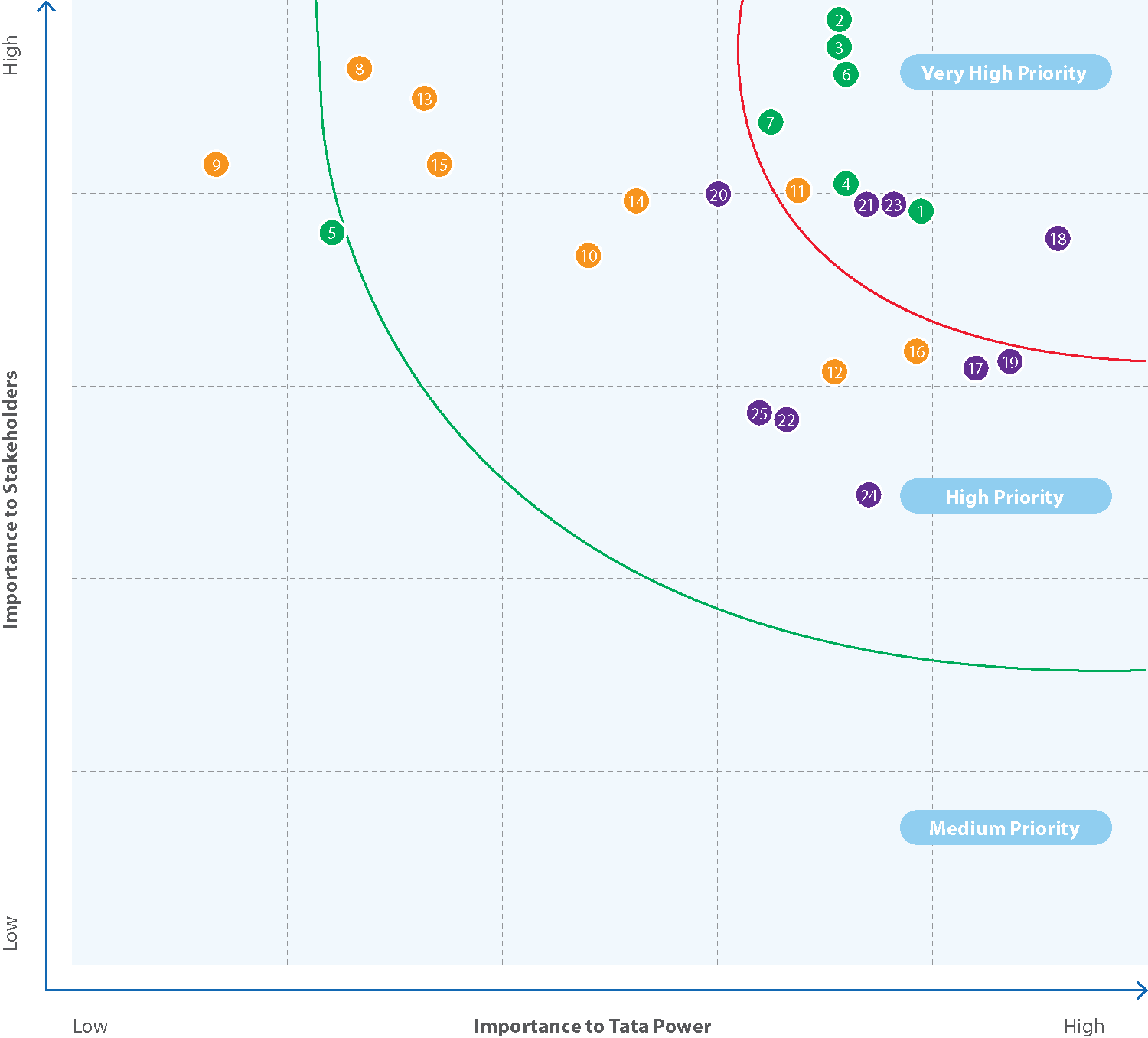
- Climate Strategy
- Emissions Management
- Energy Management
- Continuous & Affordable Green Power
- Safeguarding Biodiversity
- Hazardous & Toxic Waste Management
- Water and Effluent Management
- Diversity and Inclusion in workplace
- Socially Responsible Employer
- Employee Retention, Engagement and Talent Development
- Occupational Health & Safety
- Labour Management
- Human Rights
- Customer Relationship Management
- Building Sustainable Communities
- Responsible Supply Chain
- Creating Economic Value
- ESG Governance
- Risk Management & BCDMP (Business Continuity & Disaster Management Plan)
- Ethical Business Conduct
- Transparency and Accountability
- Digitalisation and Cybersecurity
- Regulatory Compliance & Landscape
- New Business Opportunities
- Innovation and Collaborations
We have clubbed our material issues under seven broad categories of:
| Material Topics | Capitals Impacted | SBOs Mapped | Contribution to UN SDGs |
|---|---|---|---|
|
Climate Change Management
|
|

|
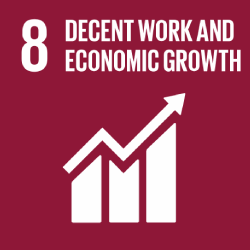
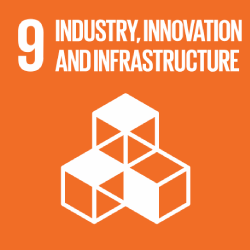
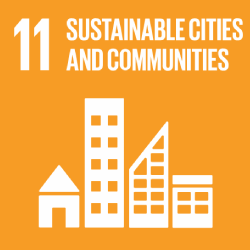
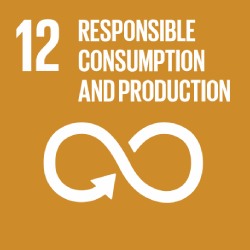

|
|
Environmental Stewardship
|
|

|



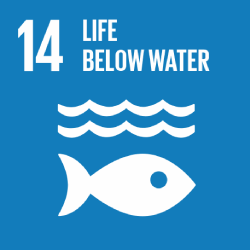
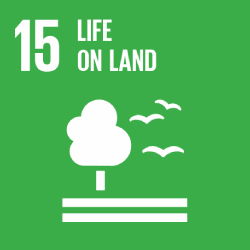
|
|
Workforce Wellbeing
|
|

|

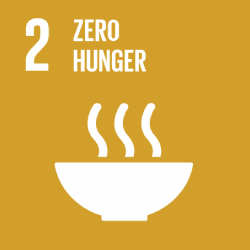

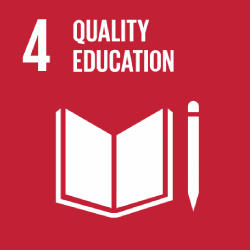
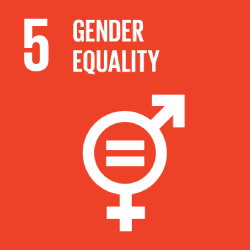


|
|
Social Responsibility
|
|

|









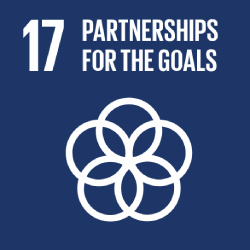
|
|
Customer Engagement
|
|

|



|
|
Future Readiness and
|
|

|







|
|
Corporate Governance
|
|

|


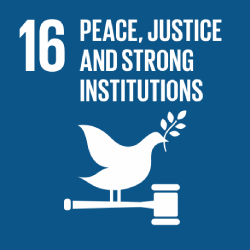
|
*Emerging material issues identified